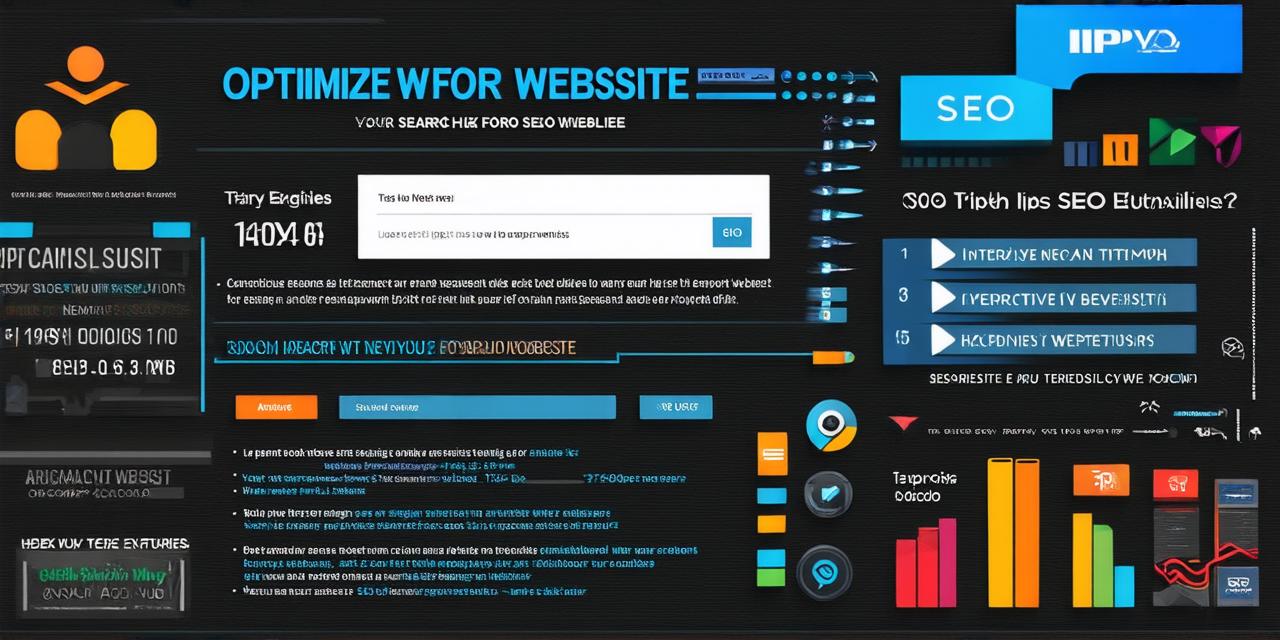Search engines are becoming increasingly important in today’s digital age. As more and more people rely on search engines to find the products and services they need, it’s crucial that your company’s website is optimized for search engines (SEO) to attract more traffic and generate more leads.
Understanding Search Engine Optimization

Search engine optimization (SEO) is the process of improving the visibility and ranking of a website in search engine results pages (SERPs). The goal of SEO is to attract more organic traffic to your website by making it more appealing to search engines like Google, Bing, and Yahoo.
Here are some of the key factors that determine how well your website will rank in search engine results:
- Relevance: Search engines look for websites that provide relevant information to a user’s query. If your website provides high-quality content that is relevant to your target audience, it’s more likely to rank higher in search results.
- Quality: Search engines also consider the quality of the content on your website. They look for well-written, informative content that provides value to users.
- Authority: The authority of your website also plays a role in its ranking. Websites with high authority are more likely to rank higher in search results because they are seen as trustworthy and authoritative sources of information.
- Usability: Finally, search engines consider the usability of your website. They look for websites that are easy to navigate, have fast loading times, and provide a good user experience.
Optimizing Your Website for Relevance
To optimize your website for relevance, you need to focus on creating high-quality content that provides value to your target audience. Here are some tips to help you do this:
-
Conduct keyword research: Before you start writing content, it’s important to conduct keyword research to identify the terms and phrases that your target audience is using to search for products and services like yours. You can use tools like Google Keyword Planner or SEMrush to find relevant keywords.
-
Create high-quality content: Once you have identified your target keywords, you need to create high-quality content that provides value to your target audience. This could include blog posts, articles, product descriptions, and other types of content.
-
Optimize your content for search engines: In addition to creating high-quality content, you also need to optimize it for search engines by including relevant keywords in the title, headings, and body of your content. You should also include alt tags on images and use internal linking to help users navigate your website.
-
Use long-tail keywords: Long-tail keywords are longer, more specific phrases that are often used by people who are further along in the buying process. By including these keywords in your content, you can attract more targeted traffic to your website.
Optimizing Your Website for Quality
In addition to optimizing your website for relevance, you also need to focus on improving its quality. Here are some tips to help you do this:
-
Use engaging visuals: Visual content like images and videos can help break up text and make your website more engaging. They can also help convey information in a more accessible way.
-
Improve page speed: Slow loading times are one of the most common reasons why people leave websites. By optimizing your website’s images, reducing the number of HTTP requests, and using a content delivery network (CDN), you can improve its page speed.
-
Use clear and concise language: Your website should use clear and concise language that is easy to understand. Avoid using jargon or technical terms that your target audience may not be familiar with.
-
Provide valuable information: Finally, your website should provide valuable information that helps your target audience make informed decisions about your products or services. This could include product descriptions, customer reviews, and other types of content.


